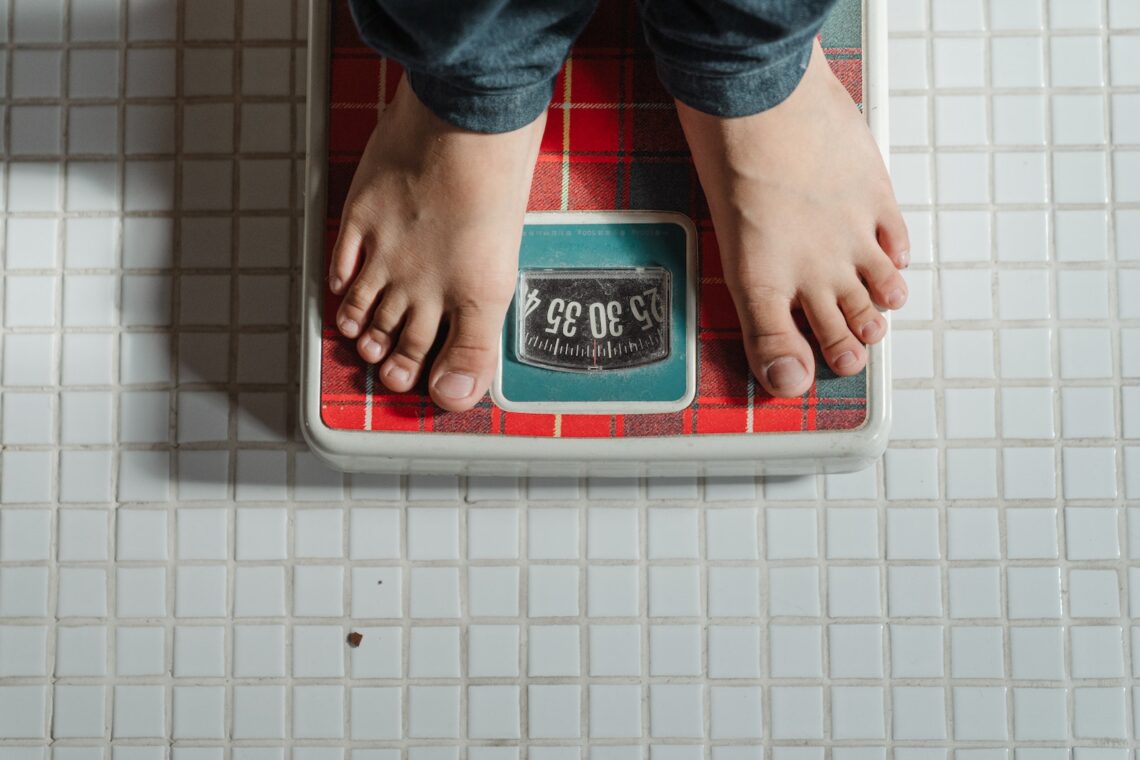Your boobs are made of pectoral muscles, fat, and breast lobes—all soft tissue that lacks self-support. So, they naturally change shape over time. But, a sudden drop in cup size can leave you feeling saggy and less perky.
Rapid weight loss causes sagginess because your skin loses its elasticity. Aim for steady, slow weight loss and chest-targeted exercises to keep your boobs perky.
The Ligaments
Women who are naturally more heavy in the breasts will likely experience more sagging than others. That’s because the extra weight can cause a lot of stretching to both the skin and the supporting ligaments that help make your boobs perky. Pregnancy is another major factor, since each pregnancy takes a toll on the elasticity of the breast tissue and support ligaments.
When you lose weight, the fat cells that make up your breasts shrink, and that means your boobs will get smaller, too. That’s why it’s important to lose weight in a sustainable way and avoid yo-yo dieting, which can put stress on your skin and cause the elasticity to break down.
The amount of weight that’s lost from your chest will also depend on how much you have to lose overall. So, in some cases, your boobs will shrink before any other areas. But in other cases, your boobs might stay the same or even get a little bigger. It just depends on how big your boobs are to begin with, as well as how much overall weight you have to lose.
The Estrogen
Estrogen (also called oestrogen) is a group of sex hormones that triggers puberty in girls, regulates fertility and influences secondary sex characteristics like breasts. It also protects the cardiovascular system and bones and influences mood. High levels of estrogen can cause acne, loss of sex drive and increase the risk of certain cancers, while low levels can lead to weight gain and lower libido. Estrogen is produced by the ovaries, adrenal glands on the top of the kidneys and fat tissue. It’s also secreted by the placenta during pregnancy.
Once released, estrogen travels through the bloodstream to the areas of the body that need it and binds to a protein in those tissues, known as an estrogen receptor. These estrogen-receptor complexes enter the cell nucleus and modulate gene transcription, affecting how fast proteins are made. Estrogen is a key player in female reproductive health, rising during puberty and dropping during menopause, although it is still present post-menopausally in the form of the weaker, less potent estrogen estrone and estetrol, and during pregnancy in the form of estriol.

